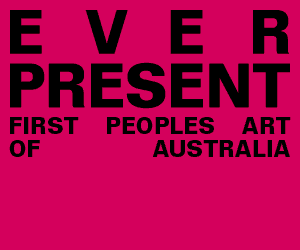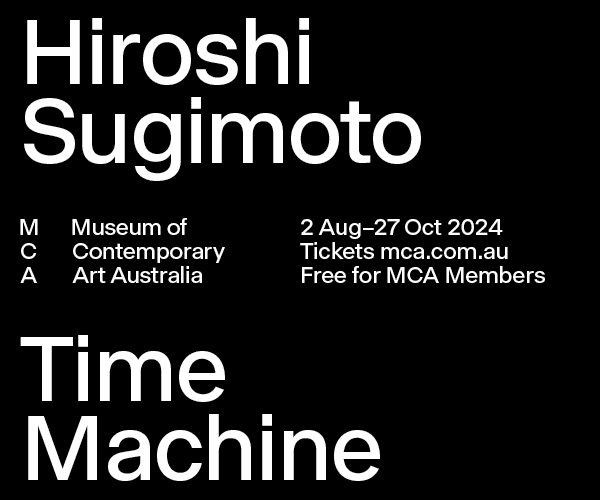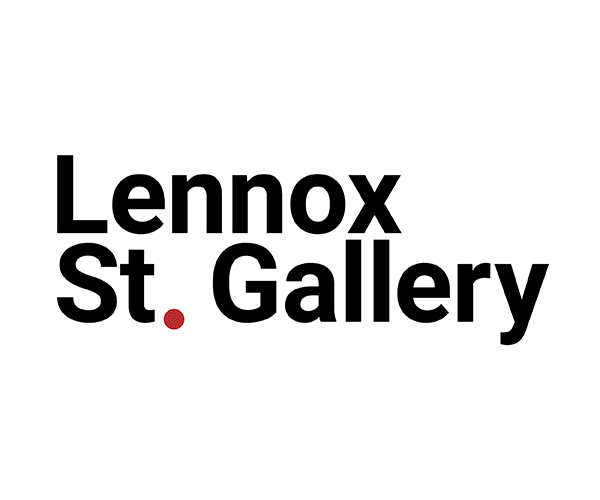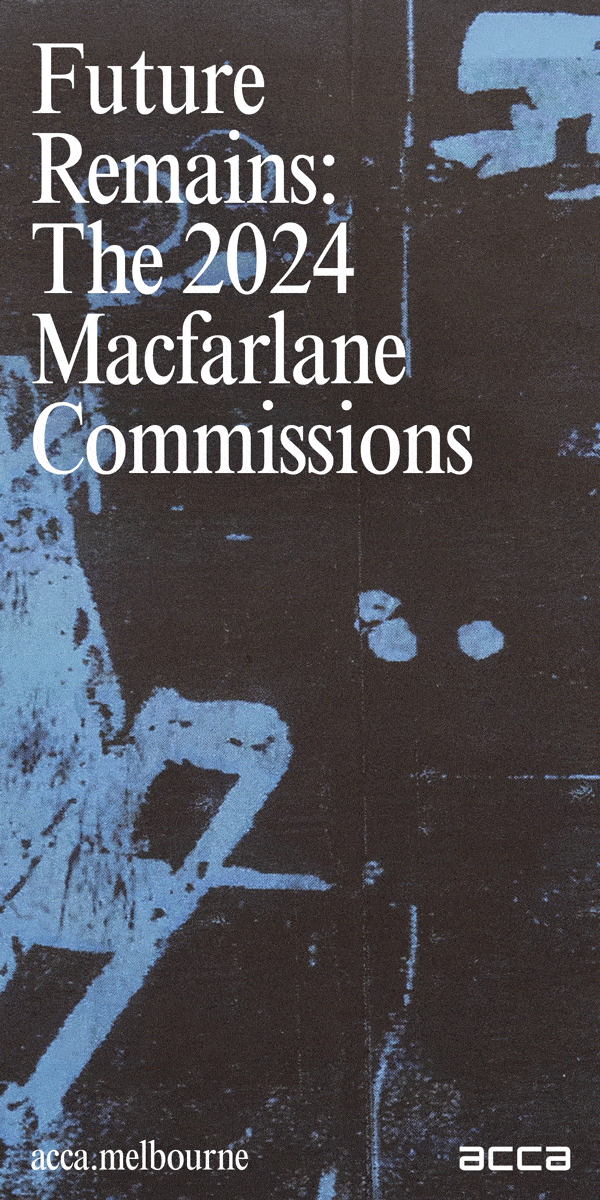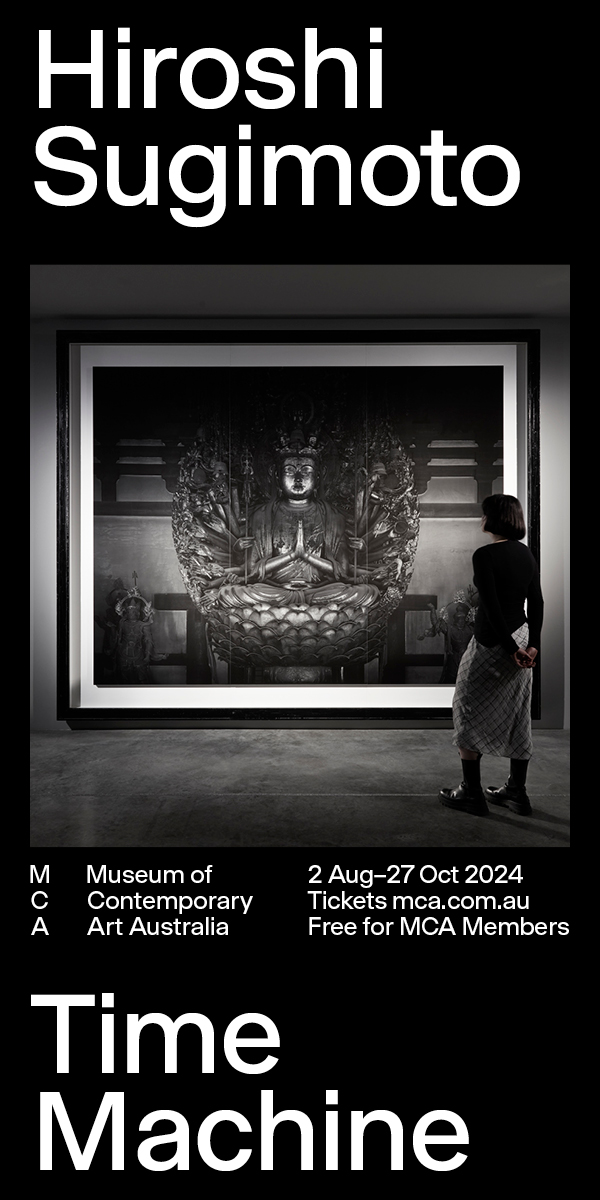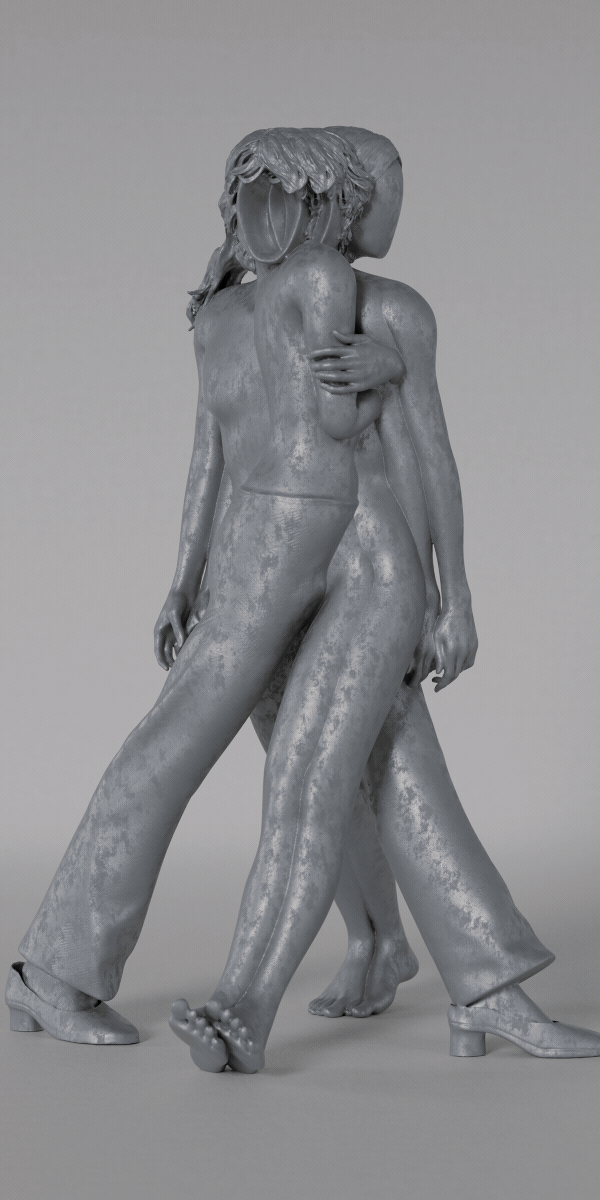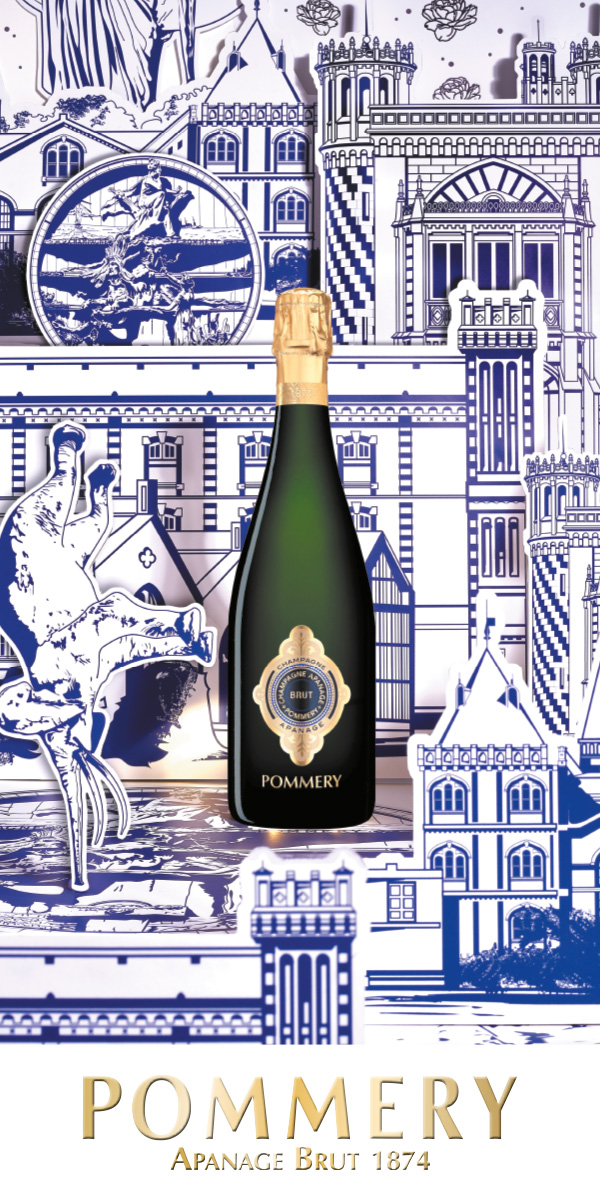Q&A:
Anna Park
Goes Public
With a sellout debut solo show at Half Gallery in 2021, Daegu-born, New York-based artist Anna Park’s star is on the rise. Her first museum exhibition outside of the United States – Look, look. Anna Park at Art Gallery of Western Australia – continues the artist’s explorations of contemporary culture with her trademark dark humour. While her largescale black and white compositions went up around us, we spoke about growing up and opening out..
How did this show come about?
Rachel [Ciesla, the curator] and I were introduced through Patty Nam, who I used to work with at Blum & Poe Gallery. We started conceptualising, jumped on a lot of Zoom calls, and it all just sort of happened.
What's your art making process?
I'm constantly looking at images online and either screenshotting them or sending them to myself. I print them out, because I like having the images visually scattered about. Then I start off with a very loose thumbnail sketch – although now with the more sculptural works it does have to be a more exact science, with lots of measurements, which makes me slow down a lot. Preparing the surfaces is also a lengthy, meditative process – a good lesson in patience.
With the introduction of text elements, I've had a list of words that I think of when I'm on the train or something. Then they just sit there for like months until I go back over them and I'm like, “I don't know what any of these words mean to me anymore.” But clearly in the moment I was like, “Oh, this is so profound.”
Speaking of the text in these works – which is another way this series differs from your previous work – it's quite cheeky, and sometimes defiant. Your work speaks to female identity and agency, and lots of the images and texts are inspired by American screen stories and mid-century advertising and other sources of information we are constantly consuming. How did you choose specific words? What is it about these ones that speak to you?
I've always had a hard time putting very direct text into my works because I feel deeply that there's such a power to words. But language is so malleable in a lot of ways, just as images are. I also just like being cheeky and a little corny – so much art and art theory is very serious stuff, and I've realised that it's okay to laugh and not take it so seriously. Between the lines in my work there are a lot of heavy topics, but I think the right way to deliver that is through humour.
I also find the characters and female figures [in the works] empowering – they are like different iterations of myself. I just feel that we don't have to be so prudish about everything, you know – with art, we don't need to be polite and palatable.
You mentioned earlier how with this show you had to adapt to a more exact method than you usually use with drawing. What was the process of creating the supports for these works, because they're quite thick – and the cutouts are quite deep as well?
I wanted to dip my toes into a sculptural realm for this show, something more tactile. In the past I've done mostly pretty straightforward drawings on paper and panel, and so my happy medium here was to use foam instead of making the entire foundation out of wood – because frankly I was a little intimidated by woodworking. So I start by carving industrial insulation foam – the purple stuff – with a handheld jigsaw tool, glue that onto the wooden panel and then sand it down, prime it with a mixture of clear and regular gesso, and then after it dries I spackle it, dry it, and do paper pasting on top. There's something about the fibers of the rice paper that I use – I really love how the ink washes reveal the wrinkles of the paper. I wanted [this body of work] to remain drawing-focused even though there are more painterly aspects to it.
You've gone more overtly comic-inspired with this series and it's got that real pulpy kind of tactility.
Yeah, the materials are still old school – ink and fibrous paper and stuff. I like that mixture, because the images are so graphic – a little reference to older advertising – I want the surfaces to be very old school as well.
We were talking a bit before about how you didn't like the face that was originally in one of the works, so you painted over it. How many iterations does each work go through?
It varies so much because most of the time I don't quite know which section will be inserted into which relief and what image will go where. For some pieces it all just fits together and it'll maybe take me a few weeks at most. But then some works I keep fighting with – it's almost like a puzzle and I have to feel out how one image affects the rest of the work. The good thing about the paper pasting process is that it allows me to be less precious because I can go back – I can even leave ghost images of the old versions under light layers of paint or paper to create more depth. I can allow myself a bit more freedom, a chance to try new things out.
You've moved around a lot – you were born in South Korea, but then mostly grew up in Utah and spent some time in Aotearoa New Zealand. What has all of that moving around meant for how you make art?
Art making as a little kid was the constant for me, anytime we'd move anywhere I was still able to make art. I think it's been a source of calm when a lot of things happening in my life were out of my control. I'm grateful for the times I've been able to move around, but art has always been this moment of, “Okay, at least I have drawing, I can do that.”
Your work also seems to come from both an outsider perspective and a very self-aware one. You kind of absorbed Western culture through the ‘American dream' depicted in popular media.
Yeah, going into any new environment you're already like a voyeur in a lot of ways. I was always hyper aware of my surroundings, especially moving from such vastly different cultures – Korea to New Zealand to California to Utah. It was culture shock, but also thinking, “Okay, if I just listen and look I can understand myself a bit better too – how I interact with the people around me as well as the culture.” So, I think that subconsciously translates into my work too – especially in this show. It's the most introspective series I've done. A lot of it is pulled from my childhood, which is interesting because in the past my work was more about my experience of moving to New York and drawing people around me. But this show, Look, look, is all about how I grew up in different surroundings.
You're a self-described hermit most of the time, especially when you're working. You have a very particular way of working too, so I want to know what is it like in the studio when you're deep in work and even your mum can't contact you, like she was telling me before?
I find it's my happy place, you know? I get into the studio around noon – I like to take my time in the morning – and then I'll work till midnight or later. Sometimes I'm just sitting there for an hour or two – it's not this constant stream of working, sometimes it's really all about sitting with the work. I can get distracted by my phone – I literally have to get a lockbox for it!
Early in your career you had some huge experiences with KAWS and David Fincher, as well as a sellout first solo show. That's a pretty awesome way to kick off an artistic career, isn't it?
I don't even know! I mean, it was just so surreal, I couldn't believe any of these things were happening. KAWS really jump-started everything for me, and it all happened by chance. I remember calling my mum … I didn't even recognise his face because he's so mysterious! I literally asked him, “Are you an artist?!” And then with Fincher I thought, “Oh this has to be a scam.” I couldn't believe it.
Let's talk about two of your biggest artistic inspirations, Cecily Brown and Neo Rauch, who you kind of followed to Leipzig for a residency.
I felt very akin to Cecily, to the way she described how she painted. She would visualise her hand and start very figuratively and then break it all down to reform into recognisable forms. Hearing that felt exactly how I think when I'm working. And she also has images on the floor, like I do – there're so many interviews with her talking about her process or her studio.
And I didn't realize initially that Leipzig [Spinnerei] was Neo's town, thathe revived the village. We would see him casually biking around, and I would think, “Oh, that's Neo Rauch and his dog.” It's a very imaginative landscape and I admire that he approaches his work in that way – and maybe that's where I want to go next, moving beyond found imagery and advertisements.
Your early work does have a lot of synergy with Rauch's semi-surrealist but also social realist, fragmented style, but its frenetic blurriness, of which there are glimpses in this series, is very reminiscent of Cecily Brown's painting. She talks a lot about this unfixing of abstraction and figuration and how can you have both in the same place. Do you feel that your work still comes from a place of abstraction, or is it figuration first?
When I think of approaching a work it is always more abstract. Even if the end result might be clear or straightforward images, I still treat them as I would my more abstract works. I don't subscribe to the idea that you're an abstract artist or a figurative artist, and I think I admire Cecily so much precisely because you can't really put her in a box.
I like the idea that I don't know what kind of work I'll be making next year or a few years from now. I just want to do everything.
Your early works often depicted party scenes, but you've been moving away from those into more crystallised, singular moments in comic-like formats. Is that a reflection of what's happening in your real life?
I think it's very reflective of my mindset. When I made those dense, frentic party scenes I was over-stimulated and also kind of unsure about a lot of things. As the years go by, I've had more time to really sit with myself and I took time last year to reevaluate a lot of things and face myself more. There were less distractions and I really wanted it that way, and so I had to literally clear out the noise in my work too. With the dense works there are more places to hide, but with the more crystallised images – they take just as long, and I can't hide behind the marks.
Look, look. Anna Park continues at the Art Gallery of Western Australia, Perth until September 8, 2024.
Anna Park is represented by BLUM, Los Angeles/New York/Tokyo.





